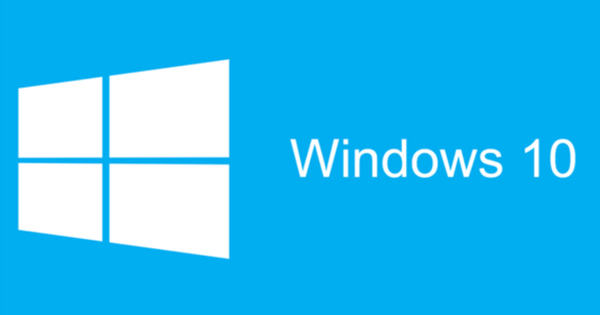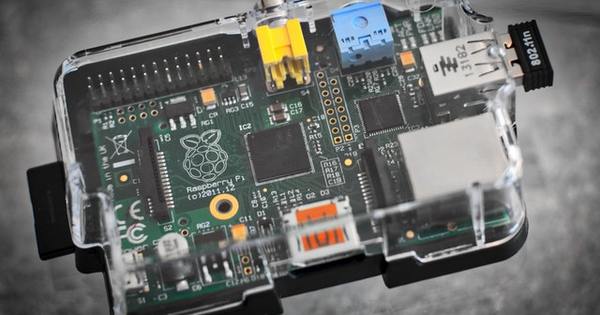Your peripherals quickly get dirty. Your keyboard and mouse in particular are a source of dirt and bacteria. A keyboard is usually dirtier than a toilet seat! We show you how to clean your peripherals in three steps.
1 - Cleaning Keyboard
The first step is to hold your keyboard upside down and give it a shake. You'll be amazed at how much dirt you can shake out. A vacuum cleaner with a brush also comes in handy to get the dirt out. Be careful with the vacuum cleaner, you don't want a button to disappear in the vacuum cleaner: a piece of thin fabric, such as pantyhose, over the suction nozzle can help. You also have to be careful with the keyboard of a laptop, replacing it is very expensive. Once the coarse dirt has been removed, you can wipe the keys with a microfibre cloth that you moisten slightly with a mild soap solution, for example based on a little washing-up liquid. You can also clean the rest of the keyboard with the microfibre cloth and soapy water.
2 - Cleaning Mouse
The mouse certainly deserves your attention. You can clean the housing with a damp cloth with soapy water. Also look especially at the bottom of your mouse, there is often dirt caked on and next to the sliding feet. The housing of a mouse usually consists of two parts with a seam between them. Over time, dirt accumulates in that seam in the form of skin residue and other dirt. A cloth usually won't get you through the cracks and it's not a good idea to get it very wet in the hopes that the dirt will dissolve. You can try to take your mouse apart, but sometimes that is difficult and there are screws hidden under the sliding feet. It is better not to remove them, because there is a chance that you will not get them neatly pasted back. A handy trick is a piece of folded paper. You pull that through the grooves so that you can pull out the caked-on dirt. Toothpicks and cotton swabs come in handy too.
Keys out!
Do you really want to thoroughly clean your keyboard? With a normal keyboard, you can pop out the keys one by one. For example, do this with an old bank card. Do not use a metal screwdriver or you will damage the keys. Before you start, take a picture of your keyboard, so you'll know where which key belongs later. You can now clean the keys in soapy water while you can also take care of the bottom plate of the keyboard.
You could place the buttons yourself in the cutlery tray of your dishwasher, but choose a washing program with the lowest possible temperature. Let the keys dry thoroughly and press them back on the keyboard. If you have a keyboard with laptop-like keys, it's better not to pull the keys off. You often don't get them properly. Even with a laptop it is better not to pull the keys off, they are also difficult to attach.
3 - Clean screen
A screen quickly becomes dirty due to dust and other dirt such as fingerprints. It's tempting to grab a cleaning spray and clean the screen well. Be careful though, because modern monitors (and televisions) are very fragile. Never use a cleaning agent intended for windows. It contains solvents that affect the coating of your screen. The use of tissues and kitchen paper is also out of the question: paper contains small sharp fibers that scratch your screen, causing dust to adhere even faster. The only cloth that can come near the screen is a microfibre cloth. If your screen is not very dirty, you can clean the screen with a dry cloth. Make the largest possible sweeps from left to right and from top to bottom, don't brush too much in circular motions.
If your screen is a bit dirtier, it probably won't work with a dry cloth. Some monitor manufacturers recommend special monitor sprays, which are usually made from water mixed with isopropyl alcohol (IPA for short). There are also monitor sprays without alcohol, which consist largely of water. Other monitor manufacturers do not recommend special cleaning agents. Only water with possibly a little bit of washing up liquid is enough to clean your screen.
We recommend that you clean your screen with only water. You can use tap water, but it is better to use distilled or demineralized water (also called demi-water). Never spray water or a special cleaning agent directly on your screen. You then run the risk of moisture running into cracks where it doesn't belong. Spray or sprinkle a little water or detergent on your microfibre cloth until damp and clean your screen with it. Before cleaning the screen, turn off the screen. If you have just used the screen for a while, wait until the screen has cooled down.
Special cleaning supplies?
You will have noticed that we do not directly recommend special cleaning products in this article. You probably already have everything you need for the big cleaning at home. All you need from your kitchen cupboard with cleaning products is hand dishwashing liquid with which you make a light soapy water. All other household cleaners, such as glass cleaners, all-purpose cleaners, spirits, chlorine and liquid abrasives, remain in your kitchen cupboard while cleaning your electronic equipment.
All such agents do is polish away coatings or even dissolve plastic parts on your PC or peripherals. You don't even need the soapy water for many things, water is often sufficient. Demineralized water is most suitable for your screen (and television). These waters are free of impurities and dry without unsightly stains. You can buy demineralised water at the drugstore or hardware store, it is intended for irons or humidifiers. You brush with a cloth and the only cloth we recommend is a microfibre cloth that does not scratch itself. You often get such a cloth with a screen, television or notebook, otherwise you can buy them in many places.

